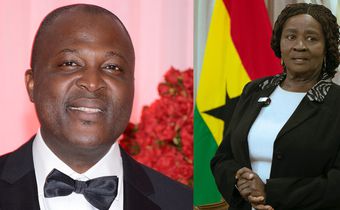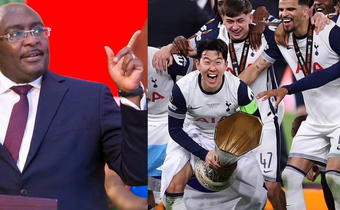African Myths and Legends: Here’re some folklore, spiritual stories and ancient beliefs
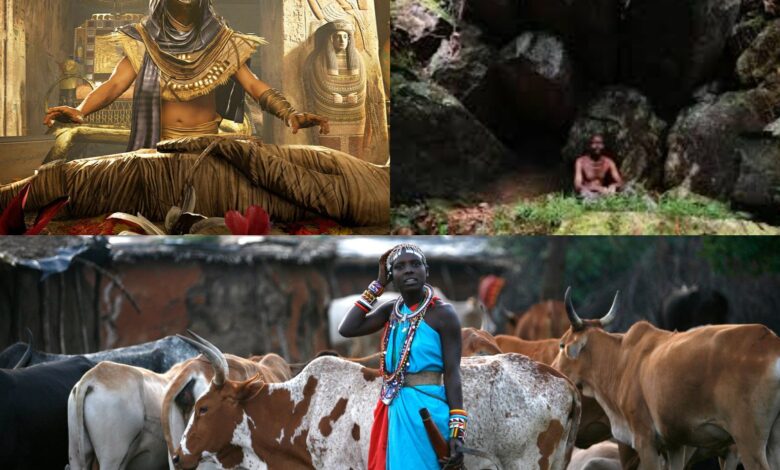
Africa is a continent of stories. Long before colonial borders and modern states, there were tales—tales whispered beside fires, sung during harvests, chanted in rituals, and carved into rock.
These legends and myths are not just entertainment; they are ancient blueprints of life, belief, identity, and power.
They are spiritual stories, coded knowledge systems, and moral teachings passed down through generations.
Across Africa’s diverse cultures, myths explain how the world was created, why the sky is far from the earth, why rivers flow, and why spirits must be respected.
Dr Bawumia celebrates Tottenham’s Europa League win over Manchester United as fans await a reaction from Nana Addo. Here’s how he reacted…
Today, we revisit these sacred stories to understand how they continue to shape African societies, values, and spirituality.
1. Ghana – The Trickster, the spirits, and the sacred stool
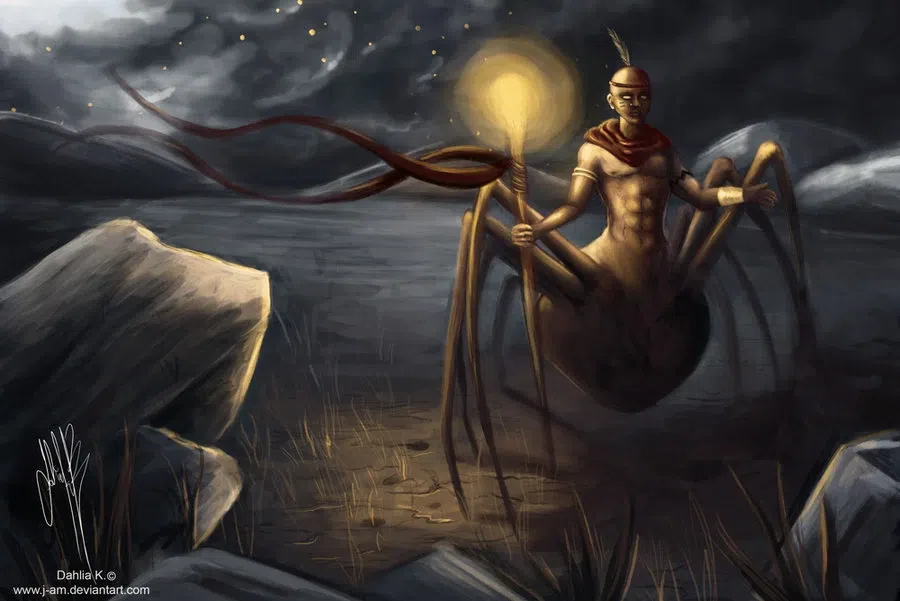
In Ghana, the most famous folkloric figure is Kweku Ananse, the spider trickster of the Akan people.
Ananse is clever, mischievous, and often selfish—but every tale about him ends with a moral lesson.
Through stories like “Ananse and the Sky God’s Stories” or “Ananse and the Pot of Wisdom”, children are taught values such as humility, wisdom, and the consequences of greed.
Also central to Ghanaian myth is the Golden Stool (Sika Dwa Kofi) of the Ashanti people.
According to legend, this sacred stool descended from the sky and landed in the lap of King Osei Tutu, symbolising divine authority and unity.
The stool is believed to house the spirit of the Ashanti nation and remains a powerful emblem of identity and resistance—even playing a role in the famous Yaa Asantewaa War against British colonisation.
MUST READ: 10 African words with deep meanings
Ghanaian spiritual myths also revolve around river deities like Tano, Antoa Nyamaa, and the seductive, feared Maame Water, whose presence is felt across West Africa.
2. Nigeria – Orisha, divine creation, and ancestral spirits
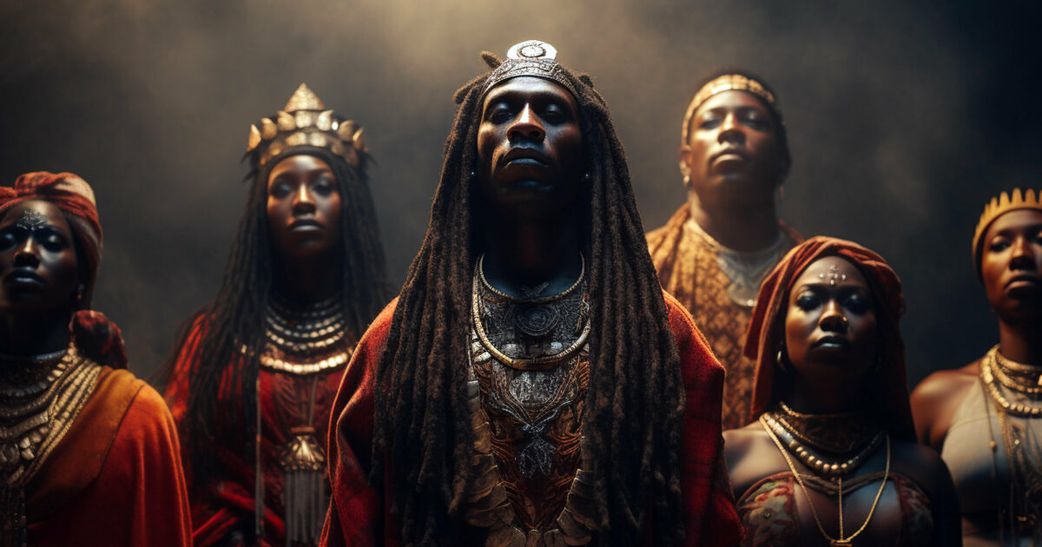
Among the Yoruba people of Nigeria, mythology is sophisticated and deeply spiritual. The Orisha, a pantheon of deities, govern all aspects of life.
Each Orisha has a domain, personality, and powers. For example:
Sango: The fiery god of thunder and lightning.
Oshun: Goddess of love, beauty, and fertility—often associated with rivers and femininity.
Eshu: The trickster and divine messenger who delivers sacrifices to the gods.
The Yoruba creation myth tells how Obatala, sent by the supreme god Olodumare, formed humans from clay.
These beliefs are not just ancient—they live on today in religions like Santería (Cuba) and Candomblé (Brazil), brought across the Atlantic by enslaved Africans.
3. South Africa – The rain queen and cosmic forces
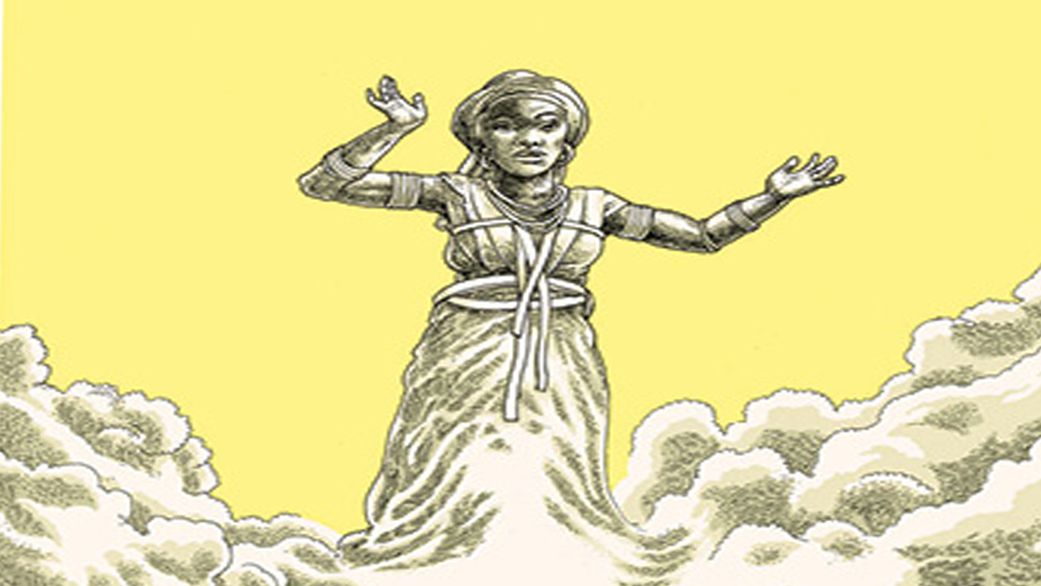
In South Africa, the Balobedu people revere the Rain Queen Modjadji, believed to control rainfall.
Her spiritual power is passed down matrilineally, and she is seen as a living embodiment of divine grace.
Even South African royalty and politicians, including Nelson Mandela, recognised her spiritual authority.
Among the Zulu, creation myths speak of Unkulunkulu, the first man who emerged from reeds and created everything.
Zulu myths also feature ancestral spirits (amadlozi) who watch over the living and influence their fortunes.
4. Ethiopia – The Kebra Nagast and sacred legacy

Ethiopian mythology blends indigenous beliefs with Christian lore.
According to the Kebra Nagast, an ancient Ethiopian text, the Queen of Sheba visited King Solomon and bore him a son, Menelik I, who brought the Ark of the Covenant back to Ethiopia.
Many Ethiopian Christians believe the Ark still resides in a chapel in Axum, guarded and hidden from the public.
This myth forms the foundation of Ethiopia’s Solomonic dynasty and its unique Christian identity—making it one of the few African nations with a continuous pre-colonial monarchy and independent church tradition.
5. Mali – The epic of Sundiata and the spirits of the Savannah

West Africa’s Mali Empire gave rise to the Epic of Sundiata, the legendary founder of the empire.
Born weak and mocked, Sundiata overcame physical limitations, exile, and betrayal to unite the Mandinka people.
READ ALSO: Can students use AI tools for assignments now? Here’s what you need to know
His story, preserved by griots (oral historians), is a powerful blend of history and myth, emphasising destiny, perseverance, and divine favour.
Malian cosmology also includes spiritual beings who dwell in rivers, trees, and stones. These spirits are honoured with sacrifices and rituals, particularly in animist traditions that predate Islam.
6. Kenya and Tanzania – The Maasai and the cacred cattle
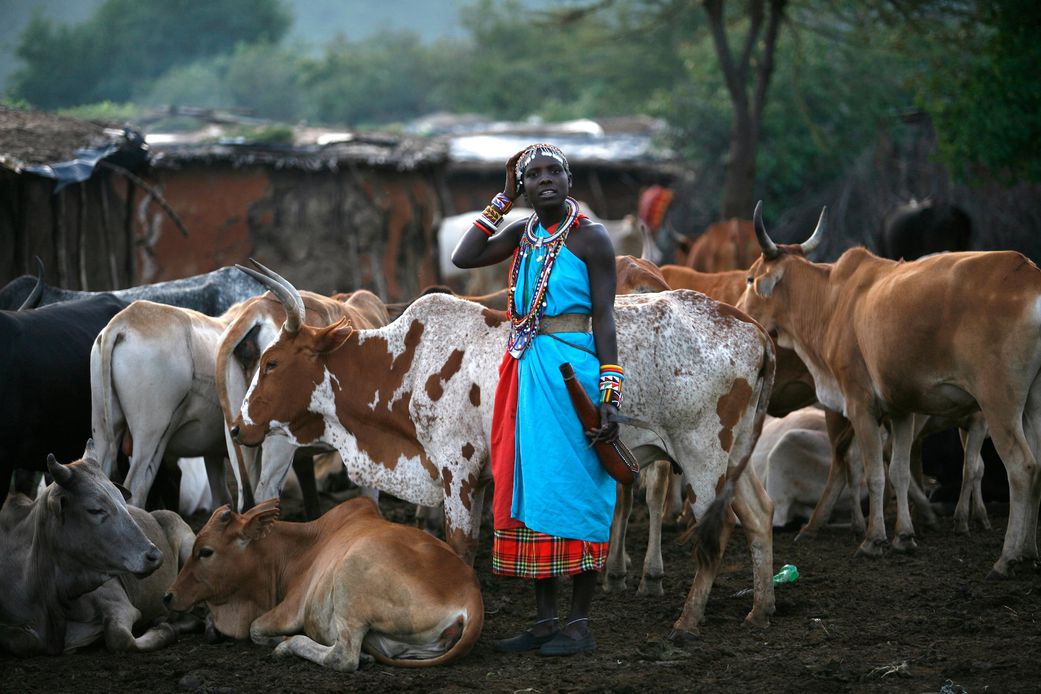
The Maasai believe that their god, Enkai, gave them all the cattle in the world.
This is why cattle are central to their culture—not just for food, but for social, spiritual, and economic reasons.
Their myths explain the origins of humanity, the separation between heaven and earth, and the responsibilities humans have toward nature.
One tale tells how the sky and earth were once close, but a woman cut the connection with a digging stick—explaining why the divine is now distant and must be approached through prayer and sacrifice.
7. Congo Basin – Forest spirits and ancestral memory
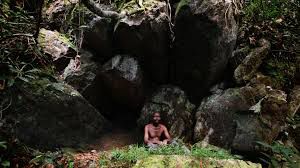
In the Central African rainforests, indigenous groups like the Mbuti view the forest itself as a sacred being.
Their spiritual beliefs are rooted in harmony with nature, and their myths feature forest spirits who must be respected through ritual, song, and silence.
Ancestral worship is key—elders are seen as bridges between the living and the dead. Dreams, visions, and symbols in nature are interpreted as spiritual messages from beyond.
8. Egypt – Gods of the Nile and the afterlife
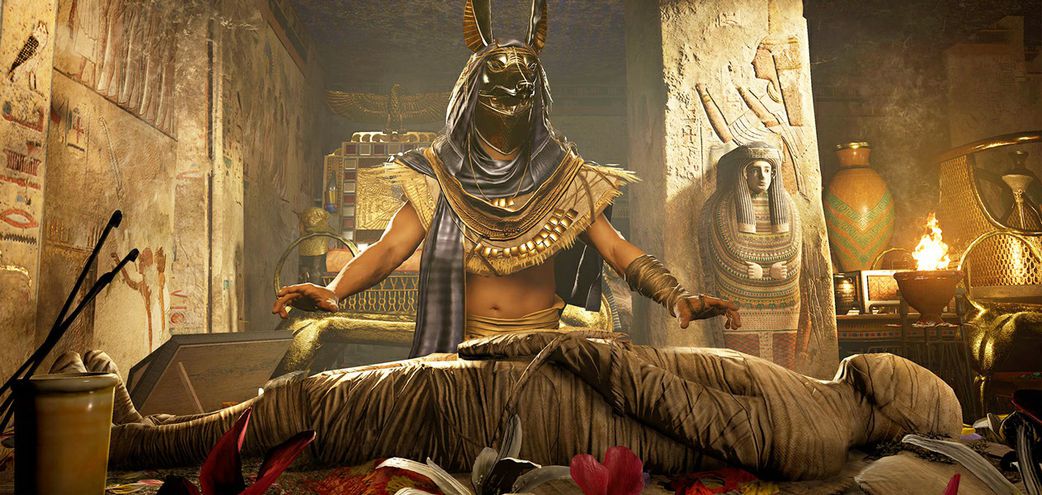
Northern Africa’s ancient mythology is widely known but often separated from sub-Saharan narratives.
READ MORE: 7 powerful reasons every man should eat okro for better health and performance
Yet, ancient Egyptian myths remain some of the most sophisticated in world history. Gods like:
Osiris: The god of the afterlife, who was murdered by his brother Set and resurrected by his wife Isis.
Ra: The sun god who travels through the underworld each night and is reborn each morning.
Anubis: The jackal-headed god of mummification and the guardian of tombs.
These myths informed grand temples, pyramids, and one of the world’s earliest systems of spiritual belief in life after death.
Why African myths and legends matter today
African myths and legends are more than stories.
They are living archives—repositories of ancient knowledge, values, fears, hopes, and spiritual truths.
They explain natural phenomena, enforce moral codes, and help communities understand their place in the world.
Today, these stories are being rediscovered and reimagined in:
Literature (e.g., Nnedi Okorafor, Ngũgĩ wa Thiong’o),
Film and animation (e.g., Wakanda Forever, Iwaju, Moremi),
Music (Afrobeats, traditional chants, gospel),
Fashion (patterns inspired by mythic symbols), and
Digital storytelling (podcasts, web series, and video games based on African myths).
They are not only tools of resistance and identity—they are the soul of Africa’s imagination.
The sacred story continues
From Ghana’s Ananse to Ethiopia’s Ark, from the thunderous Sango of Nigeria to the Rain Queen of South Africa, African legends and myths form a powerful, interconnected web of belief.
These stories teach us that the spiritual is never far, that nature is alive, and that every mountain, river, and ancestor holds memory.
To embrace them is to reconnect with Africa’s ancient soul—and to pass that sacred memory to the next generation.

